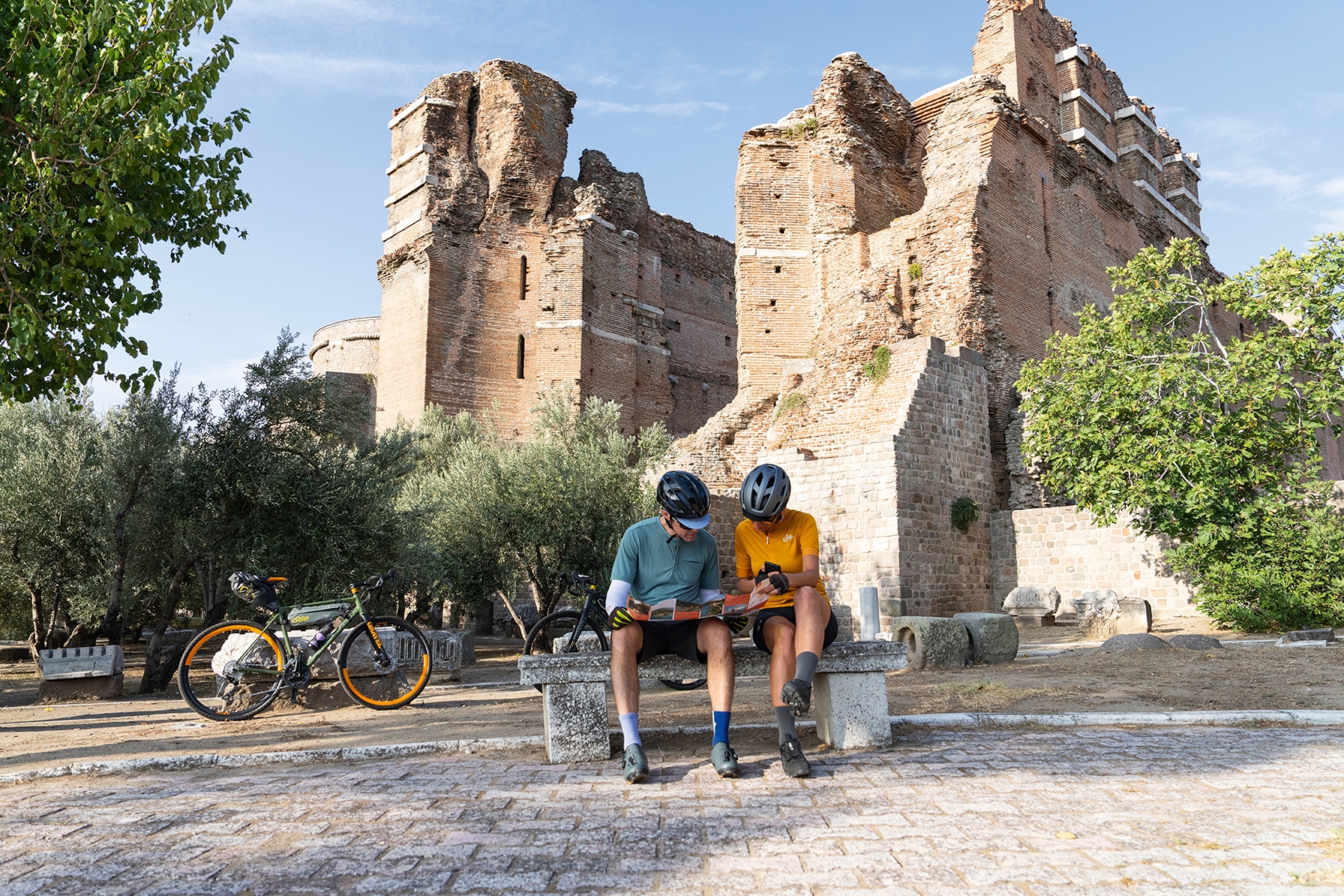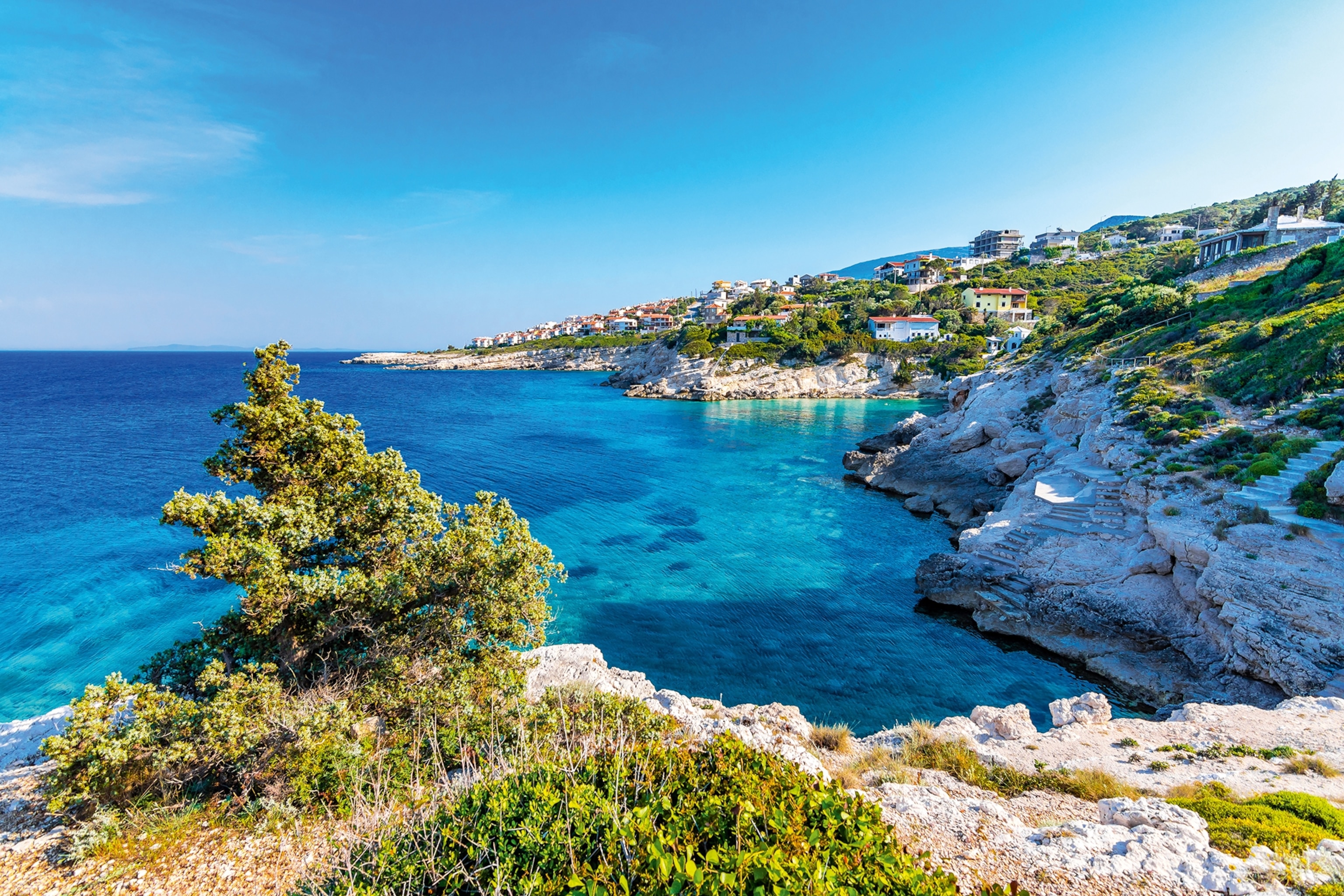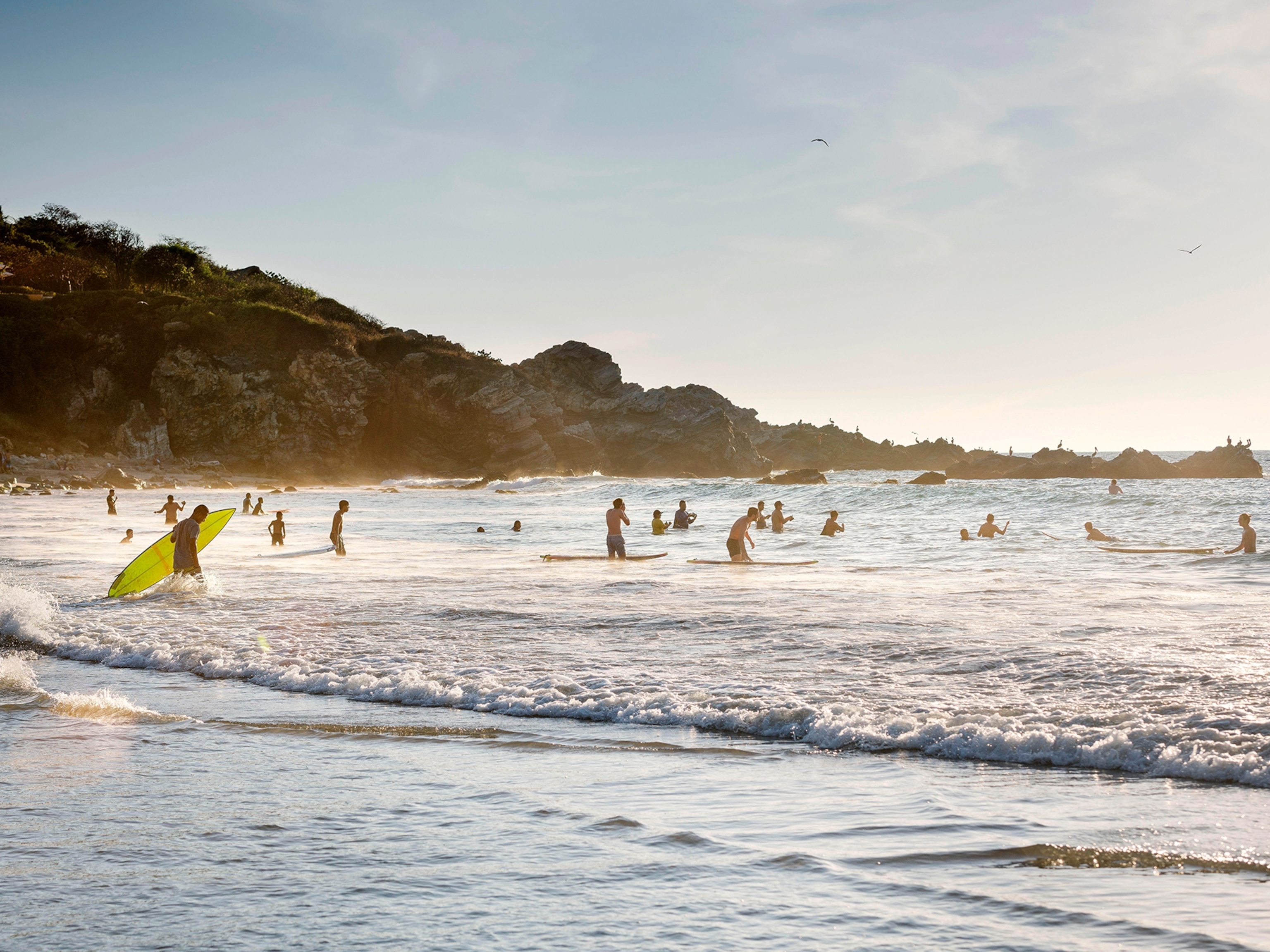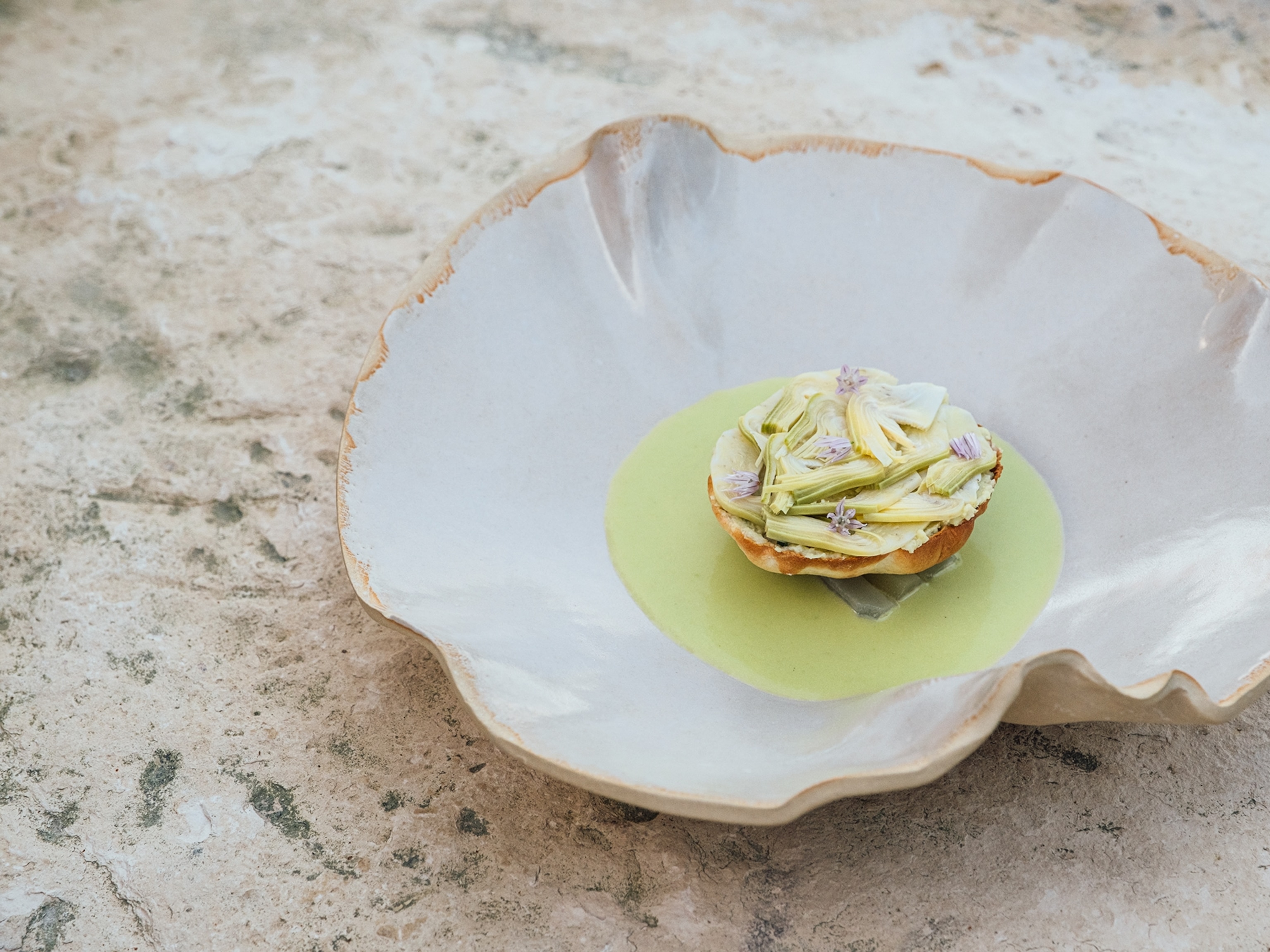How to explore Turkey's Aegean coast on two wheels
Ancient ruins, nature reserves and seaside villages are all in easy reach on this multi-day ride.

Near the Gediz Delta, a third of the way across Turkey’s section of the EuroVelo Cycle Route 8, a flamboyance of flamingos appears overhead. As if the 300-mile journey hugging the Aegean Coast isn’t dramatic enough, the honking birds provide a fiery-pink chevron escort along a corridor that was once the stomping ground of Greek poet Homer and Alexander the Great. Bookended by UNESCO-listed sites, this route across Izmir Province forms one small part of the cross-continent EuroVelo cycleways network. It opened in 2019 and was developed for average cyclists; though it takes four to five days to complete using a combination of quiet streets, bike paths and packed-gravel roads, riders can also tackle it as single day rides. It starts near the ruined city of Pergamon and ends in the ancient city of Ephesus. In between, cyclists pass through vineyards, nature reserves and seaside towns with bazaars and cafe-lined harbours, including Urla, Çeşme and Sığacık. Here are four highlights on route.
1. Pergamon
Likely established between the 7th and 6th centuries BCE, Pergamon was a regional powerhouse for nearly 150 years and is one of Turkey’s most important sites. Travellers can visit the remains of the city, once capital of the Attalid Kingdom and later the Roman Empire’s Asia Province capital. Today it forms a UNESCO-inscribed cultural landscape with relics of Greek, Roman, Byzantine and Ottoman history. Take the cable car to the ancient Acropolis for views south across the countryside, the modern city of Bergama below and the route you’ll soon be cycling. At the top, you’ll also see the giant Altar of Zeus, a theatre with vertiginously banked hillside seating and the Temple of Trajan with its giant, free-standing, Corinthian-capped columns.
2. Foça
For many, the first day of cycling will end in Foça, a photogenic coastal town with a castle and city walls. Sunsets here melt against pastel houses framed by fuchsia bougainvillea, with fishing nets spread to dry along the promenade and boats crowding the harbour. It’s no surprise visitors and locals alike are drawn here; the sheer cliffs of Foça’s surrounding archipelago, where seals live among the rocks, were one of the reputed locations for Homer’s sirens in the Odyssey. Celebrate completing the first cycle stage by having dinner on the terrace at Fokai Restaurant, with octopus salad and lamb shish kebab overlooking the Aegean.

3. Gediz Delta
The route’s second stage rolls down the coast from Foça by way of the Gediz Delta, one of Turkey’s largest protected wetlands and home to around 10% of the world’s greater flamingo population. Visit the delta and its Izmir Bird Paradise, a sanctuary where around 300 species — including more than two dozen considered threatened — find safe harbour. This is a perfect place to pedal gently along dirt roads at the water’s edge, stopping to watch the birds and rest your legs for a while. The birding experience is unparalleled, with spoonbills, huge Dalmatian pelicans, terns and kestrels all resident year-round here. One of the most mesmerising sights is the flamingos in the swishing sea grasses. Late spring and autumn are the best months for viewing the inhabitants.
4. Izmir
The cycleway’s biggest urban stop is Izmir — or Smyrna, as it was widely known until the 1920s. As the city draws closer, you will find hotels rising in the distance even as you roll past tranquil lagoons. Once in town, head to the Agora, founded in the 4th century BCE and rebuilt under the Romans. The remaining columns, basilica and subterranean market stalls hint at the life of this ancient public space. Before boarding a ferry to cross the Gulf of Izmir towards the next cycling stages to Urla and Çeşme, pedal to the sprawling Kemeraltı Bazaar to pick up a bite to eat and explore local street culture.
Bike rental is affordable in Turkey and can be booked in the city of Izmir; try Bisiklet Kooperatifi for touring and mountain bikes from 200 TRY (£5) per day. From Izmir, bike-friendly buses or trains take you to the route’s head at Bergama.
Plenty of lodgings along the route welcome cyclists. In Bergama, try Attalos Hotel, which has an intimate courtyard and rustic yet smart rooms from €90 (£76). Kybele Hotel in Foça is a boutique hotel in the Old Town with balconies overlooking the sea, just 100 yards away, from 2,169 TRY (£52), B&B. Çeşme’s seafront Ontur Hotel is a good choice for the beach, with a hammam, from 6,660 TRY (£160), B&B.
To subscribe to National Geographic Traveller (UK) magazine click here. (Available in select countries only).





